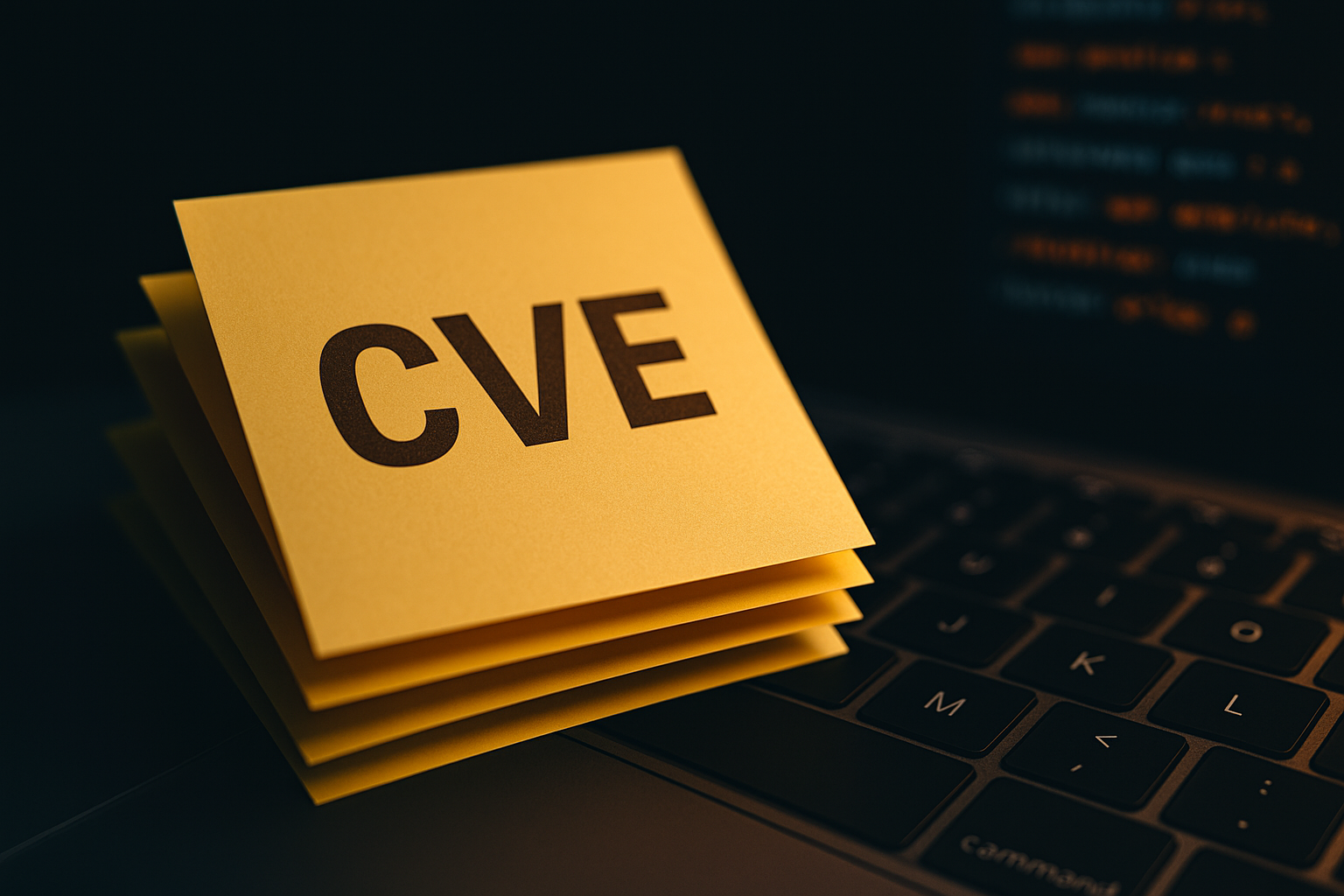CVEs still matter — but they must become more agile
01 August 2025 • 3 min read

Every day, security teams check CVEs.
They patch them.
They log them.
They audit systems against them.
But increasingly, they don’t act on them fast enough — or at all.
Why? Because the volume, context gap, and delayed visibility of CVEs are turning a once-powerful system into a lagging indicator of risk.
It’s time for the CVE ecosystem to evolve. Here’s why — and how.
What CVEs get right
Let’s be clear: the CVE system is still a critical part of modern cybersecurity infrastructure. It gives us:
- A global index of known vulnerabilities
- Standardized IDs that tie together scanner output, patches, vendor notes, and threat intel
- A structured way to track exposures over time
- A foundation for compliance, SLA tracking, and remediation reporting
If we didn’t have CVEs, we’d be dealing with vendor-specific nicknames, blog posts, and exploit threads — without consistency or tooling compatibility.
But that doesn’t mean CVEs are working fast enough for today’s threat landscape.
The cracks in the system
1.Disclosure is slow. Exploits aren’t.
In many cases, zero-days are exploited in the wild for weeks before a CVE is published.
By the time a CVE is assigned, the attacker has moved on — or worse, scaled up.
2.Risk ≠ CVSS score
CVSS (Common Vulnerability Scoring System) is still used to rate CVEs. But:
- A CVSS 9.8 in a dev system behind 3 layers of auth may be irrelevant.
- A CVSS 5.3 exposed to the public internet with hardcoded credentials may be your next breach.
The real risk comes from context, not just score.
3.CVEs are too infrastructure-centric
Web apps. APIs. Cloud misconfigs. OAuth token abuse. These often don’t have CVEs at all — yet they’re driving breaches in 2025.
CVE is still built for libraries and firmware. Modern threat surfaces are abstracted away from that model.
4.The supply chain problem
One CVE in a transitive dependency buried three layers deep in your stack might never be flagged by your scanners — but it’s still exploitable.
What CVEs need next
CVE agility
CVEs need a faster track for high-exposure risks, even before formal CVSS scoring is complete. Think: provisional CVEs, flagged with tags like actively exploited, supply chain, or zero-day candidate.
Ecosystem tagging
Let researchers, vendors, and defenders crowd-tag CVEs with contextual info:
– “Exploitable in Docker”
– “Impacts 90+ npm packages”
– “Bypasses default EDR”
This allows defenders to triage based on environment relevance, not just severity.
Exposure-aware scoring
We need a second scoring dimension: not just how bad is the vuln, but how common is the exposure path.
This would help prioritize real-world impact, not just theoretical risk.
Better developer visibility
CVE feeds should map to open source and cloud-native package registries (npm, PyPI, Terraform, etc.), making visibility easier for dev teams that manage dependencies — not just binaries.
What security leaders should do now
Until CVEs catch up, organizations need to:
- Use context-aware scanners (tools that map CVEs to your actual environment)
- Overlay CVEs with attack surface intelligence
- Create internal tags like “patch now,” “investigate,” or “low-risk”
- Automate patch diffing and shadow dependency detection
- Monitor exploit activity, not just disclosure
Final word
CVE remains the best shared language we have in cybersecurity.
But it’s speaking too slowly.
If we want defenders to stay ahead of the curve, we need CVE systems that move at the speed of automation, threat actor coordination, and real-world exposure.
Until then, CVE is not your source of truth.
It’s just your starting point.